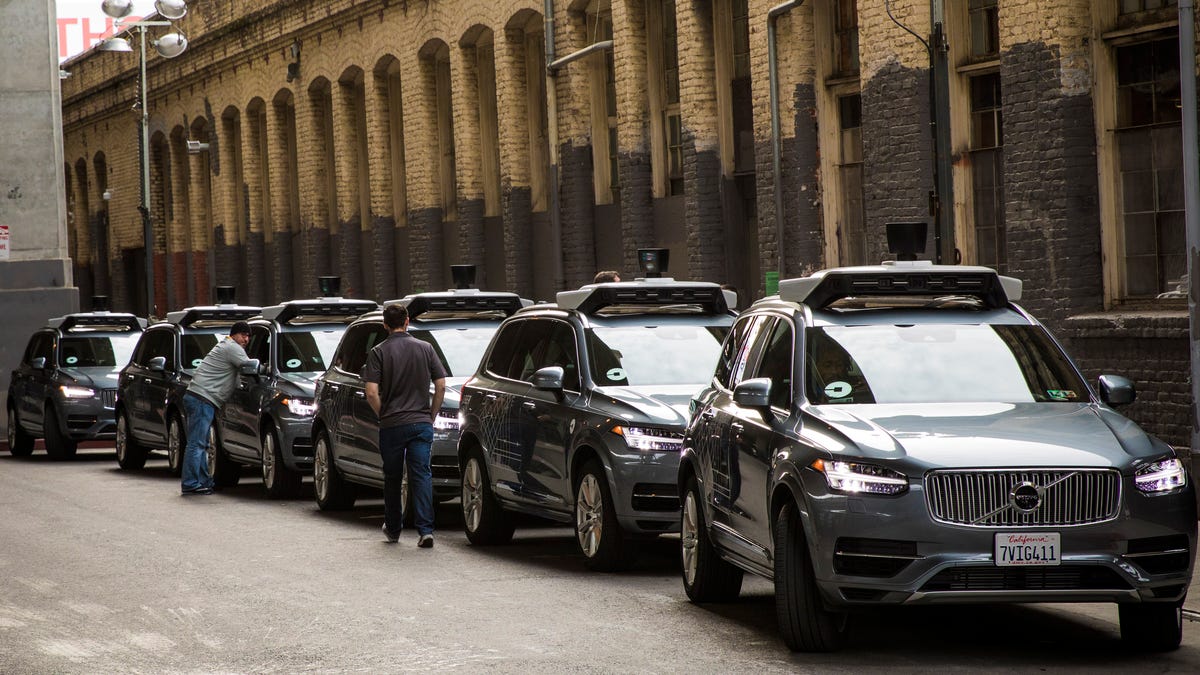Fatal Uber crash preventable with disabled Volvo tech, IIHS says
Uber had disabled Volvo's safety systems, but the missteps extended beyond that.

Autonomy experts have already weighed in on Uber's fatal autonomous car crash in March, and now a leading safety organization appears to support those previous findings.
The Insurance Institute for Highway Safety (IIHS) said that Volvo's built-in collision avoidance tech could have prevented or helped reduce the severity of that fatal Uber crash, Bloomberg reports, citing a report from and a phone interview with David Zuby, the IIHS' chief research officer. The IIHS tests vehicles' crashworthiness above and beyond standard federal tests.
Uber disabled key safety systems to make its self-driving cars more predictable for other drivers, but it came at the expense of pedestrian safety.
"[H]ad the system been able to intervene, the fatality may not have occurred," Zuby told Bloomberg. "I would argue that if developers of self-driving technology really intend to make our roads safer, they had better make sure they have the best crash-avoidance systems in place before they go out on the road."
"We remain an active party to the NTSB's investigation, whose final report has yet to be released," said an Uber spokesperson in an emailed statement. "In the meantime, we've implemented a set of safeguards that we believe improve operations of our self-driving technology and look forward to publishing a voluntary safety self-assessment in the coming months."
The National Transportation Safety Board released its preliminary report on the collision in May. While the pedestrian crossed a poorly illuminated stretch of road, Uber's vehicle had several key safety systems deactivated. Namely, it disabled Volvo's own automatic braking, which it does for all its XC90 SUVs operating in autonomous mode. However, Uber's own autobrake was also disabled at the time in order to "reduce the potential for erratic vehicle behavior."
The report claims that Uber's system first saw the pedestrian 6 seconds before the crash. The system determined braking was needed about 1.5 seconds before the collision, but with both autobrake systems disabled, it was up to Uber's hired human operator to hit the brakes. The system did not alert the operator, however, who was reportedly streaming Hulu to her phone in the seconds leading up to the fatal impact.
Uber halted its autonomous-vehicle development in the wake of the crash. Eventually, the company chose to leave Arizona entirely, choosing instead to focus its R&D efforts in Pennsylvania. In July, Uber laid off approximately 100 of its safety drivers, intending to train a new slate of drivers with more specialized training.

